 How To Find Baby Boy Or Girl In Scan Report In Tamil - ovulation signs
How To Find Baby Boy Or Girl In Scan Report In Tamil - ovulation signsDo I have a child or a girl? For 21 December 2017 Ultrasounds have a variety of purposes during pregnancy, but the use that often receives the greatest attention is their ability to reveal the sex of the baby. Some parents-to-be cannot wait to find out if they are having a child or a girl, while others decide to stop knowing sex until birth. Either way, a sonogram—the grenade, black and white image that results from an ultrasound—will be the earliest image of the baby and the first chance of a couple to see the developing fetus. Ultrasound uses high-frequency sound waves to produce an image on a baby screen in the mother's womb. Scanners are usually done twice during pregnancy, but the fact between 18 and 22 weeks is when the sonograph (the island's technician) could identify the baby's gender, if parents want to know. The expectant parents who want their child's sex to remain a secret until the birth is in the minority, said Dr. Stephen Carr, director of the Prenatal Diagnostic Center and diagnosis of maternal and fetal medicine at the Rhode Island Children's Hospital in Providence. He said about 85 percent of couples want to figure out the baby's gender before delivery. They do so for several reasons: to know how to paint the nursery, choose a name or satisfy their curiosity about the family composition. However, "more and more people are telling us they want to wait until the baby gets to discover sex," Carr said. "It's the last big surprise left," he said. More and more, Carr said, couples have asked him to write the baby's sex and put the answer on a sealed envelope. This is because some parents-a-ser want to host a gender party so that family and friends share the news. Beyond ending the game of riddles, there are medical reasons why mothers and parents may want to learn the sex of their ultrasound baby. Sometimes getting to know the gender can help parents make informed decisions about pregnancy itself, as in the case of gender-specific diseases, Carr told Live Science. An example of this is congenital adrenal hyperplasia, a genetic condition in which girls can have genitals that look more male than female, according to Mayo Clinic. Lately, as more couples resort to in vitro fertilization procedures to conceive a child, the question of selecting a baby's sex for "family balance" purposes rather than for medical reasons is . Here six important facts about ultrasound and sexual determination tests, according to Carr, professor of obstetrics and gynaecology at the Warren Alpert Medical School at Brown University. U.S. hospitals have used ultrasound since the late 1970s and early 1980s, Carr said. But common prenatal analysis was not designed as a test to discover the baby's gender; it was supposed to be due to the image of the developing fetus for other medical reasons, he said. Although the test can be done at any time during pregnancy, women usually get one during the first quarter. This early ultrasound is often done to confirm a pregnancy, detect fetal beat and determine the due date, according to the March of Dimes. A second ultrasound is usually done between 18 and 22 weeks of pregnancy to make sure the baby is growing and developing properly. It is typically during the second ultrasound that parents can learn the baby's sex. The scan is also done to see if a woman is having more than one baby, as well as to determine the location of the placenta and the umbilical cord. In addition, ultrasound can identify certain birth defects, such as Down syndrome and spinal anomalies, and investigate pregnancy complications, including abortion, according to the March of Dimes. It's a safe test for the mother and babyAccording to researchers from the Federal University of São Paulo, who published an article in 2009 in the Ultrasound Journal in Obstetric Gynecology, ultrasound is a safe prenatal test. It uses sound energy and not radiation, such as x-rays, to generate images of the fetus. During a transabdominal ultrasound, a pregnant woman is on her back while a clear gel spreads in her womb, according to Johns Hopkins Medicine. Then a tube called transducer moves over the woman's abdomen, which transmits sound waves that can produce images of the fetus while developing inside the mother's womb. "There is no harm to the baby during the procedure," Carr said. And the only risks for the mother can come from lying on her back, which could make her feel dizzy, along with the discomfort of having a complete bladder, she said. (Women may be asked to drink several glasses of water before ultrasound because a full bladder helps to give clearer images.) Gender determination is often very accurate The gender predictions made by ultrasound have a precision rate "north of 90 percent," Carr said. But mistakes can be made in determining gender because it depends on the clarity of the images and the abilities of the person who interprets them. Until the 14th week of pregnancy, boys and girls seem exactly the same in ultrasound, Carr said. Beyond this point, notable anatomical differences in genitalia may appear in the scan. After 18 weeks of pregnancy and beyond, Carr said that ultrasounds have quite good reliability for gender prediction if the baby is in a good position in the mother's uterus (which means it is not in a stain, or position down), and the legs are sufficiently separate that there is good visibility among them. "Gender singing is not exotic," Carr said. When a sonograph looks between the legs, if it's an outie, it's a child, he explained. A blood test for pregnant women who have been around for about three years can also determine the sex of the fetus with a precision of 98 to 99 percent, Carr said. This detection, which is called a cellless DNA test, is performed in the eighth or ninth week of pregnancy. It can be used in women when there is a higher risk of chromosomal abnormalities, as in older mothers, he said. Be careful with Keepsake Carr's ultrasounds said you understand the psychology of expectant parents who want to see a picture of their baby. However, he does not support the so-called "union scans", which are also known as recreational or maintenance ultrasounds. These scans are made to produce photos or videos of Keepsake, and not for medical reasons. Ultrasounds should be used as a diagnostic tool when there is a medical reason to do one, Carr said. The procedure is strictly regulated when it occurs in a hospital or medical clinic, he added. Usually, it is not the case of commercial sites that make Keepsake's images: There is no regulation of ultrasound facilities outside a medical environment, so their quality can vary wildly, Carr said. And technicians can have limited medical training to interpret the scans, he said. The American College of Obstetricians and Gynecologists and the American Institute of Ultrasound in Medicine issued a joint statement that discourages the use of prenatal ultrasounds for non-medical reasons. Old stories are fun but generally unreliable to predict sex For some people, waiting until the 18th week of pregnancy to discover a baby's sex can feel like an eternity. To fill the void, people can return to some of the following six old tales to predict whether the fetus is a child or a girl. Baby Feat: A popular belief is that if a woman takes the tall baby, she supposedly has a girl, while taking the baby down means she's a child. "High or low loading is a function of the muscle tone of the mother's abdominal wall and baby's position," Carr said. "It has no gender influence," he said. Food ansias: Another theory argues that a mother's food cravings during pregnancy can reveal the baby's sex, with sweet cravings that mean a girl and cravings for salty, bitter or strange food linked to a child. "This has no basis in physiology," Carr said. Fetal heart rate: There may be some truth in the idea that fetal heart rate could be a clue. Early in pregnancy, there is no difference in heart rate between sexes, Carr said. But for the third trimester, a girl's heartbeat tends to be a little faster and a child is a little slower, he said. Still, Carr warned that although researchers can find this association is true about an average of 1,000 studied babies, a small individual child could still have a faster heartbeat, and an individual girl might have a slower baby. Morning disease: Popular wisdom has linked to experiencing a serious morning disease with having a girl, and this idea may have some science to support her. Women carriers of girls have higher levels of HCG pregnancy hormone (human choraline haetropin), and these higher levels are associated with increased risk of severe morning disease, Carr said. But he warned that there is no hard and fast relationship between morning sickness and fetal sex. The Drano test: For this urban legend, a woman combines a part of her first morning urine with the liquid drain cleaner. If the color becomes green, it is said that the baby is a child; if it is blue, a child may be on the way. Unfortunately, "there is nothing for this idea, and Drano is really caustic," Carr said. Ring Test: To test this old favorite, a woman links her wedding band to a rope and hangs her on her pregnant belly to guess the baby's gender. If the ring swings over and over, the baby is thought to be a child. If it swings in a circle, the child is thought to be a child. "It's fun, but it's not science," Carr said, twisting. Additional Resources Stay up to date in the coronavirus outbreak by registering in our newsletter today. Thanks for signing up for Live Science. You will receive a verification email shortly. There was a problem. Please refresh the page and try again. Live Science is part of Future US Inc, an international media group and a leading digital editor. . Future US, Inc. 11 West 42nd Street, 15th Floor, New York, NY 10036.
Can you use Nub Reveal Theory If you are having a child or a girl? If you are pregnant and impatiently counting the days until your 18 to 22 weeks, the ultrasound that will give you all kinds of important information about your growing baby, including your biological sex, there is a good chance that you have fallen into the Internet Rabbit Hole of Sex Prevention Therapies. While he's there, you may have found something called "theory of fog." Much attention is paid to being a legitimate way of predicting your baby's sex long before normal. Videos and Internet forums are full of people who claim to know how to analyze the early stages of a baby's genital development to find out if that little appendix will become a child or a part of a child. There are even online companies that offer to read your ultrasound results and "interpret" your baby's nuts for you. (For a charge, of course!) But what exactly is the theory of annotation and is a genuinely accurate way to predict your baby's sex? The theory of the Nub revolves around something called the genital tubercle, which forms early in the pregnancy in the lower abdomen of your baby. Eventually this tuberculosis, or "nub", becomes a penis in male babies and a clitoris in female babies. The idea behind the nut theory is that if you can take a very good look at this mob, you can figure out how it's going in the next few weeks. Specifically, potential parents are instructed to look at what the Internet calls "the angle of the angle." (Yeah, we just said that.) In the turba theory, the turba angle in relation to the spinal cord tells you everything you need to know about whether your baby's turf will soon develop into a penis or clitoris. According to mob theory advocates, you can break your baby's sex code in one. It is true that between 8 and 9 weeks of gestation the genital tubercle begins to take shape, although it is seen in much the same part in both sexes up to about 14 weeks. However, the fanatics of the Nub theory claim that for 12 weeks the tubercle is different in appearance to be observed in an ultrasound. To really apply the turf theory to your baby's ultrasound, you need to catch them in a clear profile so that the length of your spine is visible horizontally. From there, I would look for the mob, or a small protrusion, where your baby's legs will form. If your baby's mob is more than 30 degrees sharpened in relation to your spine, that indicates that your baby is a child, according to the turba theorists. Now, no one's saying that you hit a protractor to find out the specific angle here, but obviously here's where the turba theory gets a little muddy. How exactly 30 degrees in an ultrasound? We don't really know, but if you were going to draw a straight line on the ultrasound along the bottom half of your baby's spine (where your ass is basically), you can eye if the peat is clearly pointing up away from that line or not. If it is, it is said that it is a child. On the side of the voltereta, if you compare the angle of your baby's ass to the angle of your nugget and is horizontally in line with the spine or pointing towards it, it is supposed to indicate that your baby is a girl. The theory of the Nub is a good name for this analysis, because it is really just that: a theory, without much evidence behind it. Anecdotically, some sites will tell you that prediction is tremendously accurate. To be clear, this is not a totally invented thing. There are actually some (older) studies that suggest that you can be able to determine a baby's gender from an early ultrasound using the angle of the genital tubercle. In one , researchers analyzed baby tubercles in 172 pregnancies, determining whether the angles were greater or less than 30 degrees. At 11 weeks, there was a precision of 70 per cent in gender determination, and in 13 weeks, that number had risen to more than 98 per cent. Similar results were found in a , with a larger sample size of 656. However, in a larger one, it was found that precision was much lower, although it increased over time as the gestational age increased. This suggests that waiting more time to determine sex leads to more accurate results. Most pregnant women experience the first trimester that includes ultrasound and blood tests for chromosomal abnormalities such as and trisomnia 13. This is usually done between 11 and 14 weeks of gestation and includes the same ultrasound that the proponents of the annotation theory can be used to predict the sex of the baby. Typically, prenatal blood tests involved at this stage check the levels of proteins and hormones that may indicate fetal abnormalities. But if you are at risk for other anomalies, especially sex-related disorders such as hemophilia and Duchenne muscle dystrophy, your doctor may suggest including one that can detect a baby's sex. Nub theory is a fun way to make a slightly better guess than rarely in your baby's sex after your 12-week ultrasound. (Hey, it's probably more accurate to see if you're pregnant!) But we don't recommend committing to a gender-based daycare decoration theme until you have had your full anatomy analysis and a medical professional has confirmed your baby's sex. Before that, the theory of peat is no better than a guess. Last medical review on March 30, 2020 Read this next series of words

How to predict Baby Gender by Using Scan Report in Tamil || Pregnancy Tips || Gender prediction - YouTube
Baby gender prediction in tamil | gender prediction using scan report | - YouTube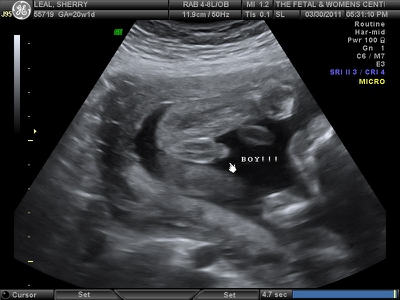
How To Find Baby Boy Or Girl In Scan Report In Tamil - ovulation signs
How To Find Baby Boy Or Girl In Scan Report In Tamil - ovulation signs
How To Find Baby Boy Or Girl In Scan Report In Tamil - ovulation signs:max_bytes(150000):strip_icc()/GettyImages-510828369-56e087813df78c5ba0563070.jpg)
Ultrasound Signs for Determining Baby's Sex
We Don't Need Scan To Find The Gender Of A Baby Before They Born || Unknown Facts Tamil - YouTube
The ultrasound identification of fetal gender at the gestational age of 11–12 weeks Gharekhanloo F - J Family Med Prim Care
Is Baby Weir a boy or a girl? - Entertainment & Life - The Repository - Canton, OH
Is Your Baby a Boy or a Girl? (Pregnancy Health Guru) - YouTube
The ultrasound identification of fetal gender at the gestational age of 11–12 weeks Gharekhanloo F - J Family Med Prim Care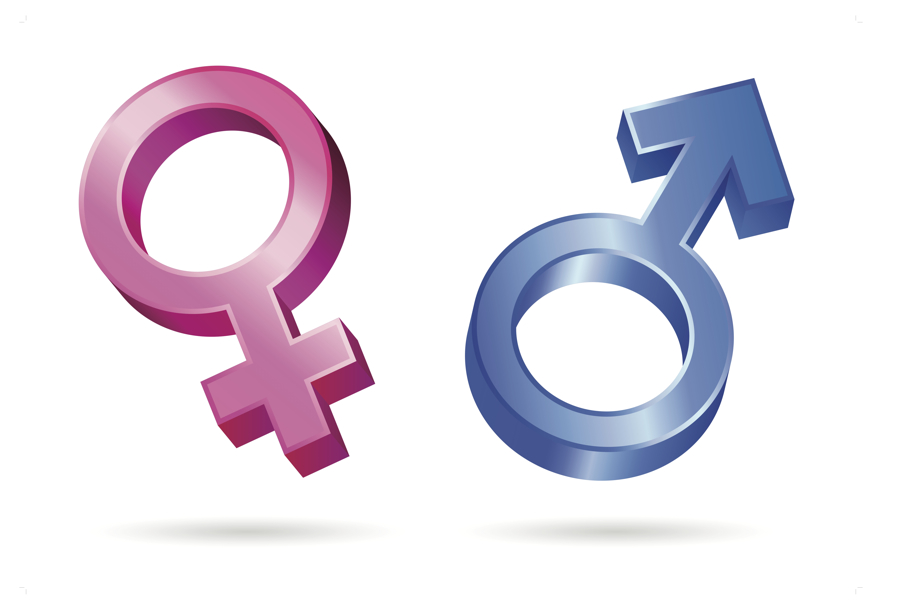
Am I Having a Boy or Girl? — Ultrasound & Sex Prediction | Live Science
Is Baby Weir a boy or a girl? - Entertainment & Life - The Repository - Canton, OH![Full text] Ultrasound measurement learning of fetal sex during the first trimeste | RRFU Full text] Ultrasound measurement learning of fetal sex during the first trimeste | RRFU](https://www.dovepress.com/cr_data/article_fulltext/s88000/88738/img/fig1.jpg)
Full text] Ultrasound measurement learning of fetal sex during the first trimeste | RRFU/babyboyultrasound-7bf2ced4b4794754b67dea974b7ec744.jpg)
What to Look for in Your Baby Boy Ultrasound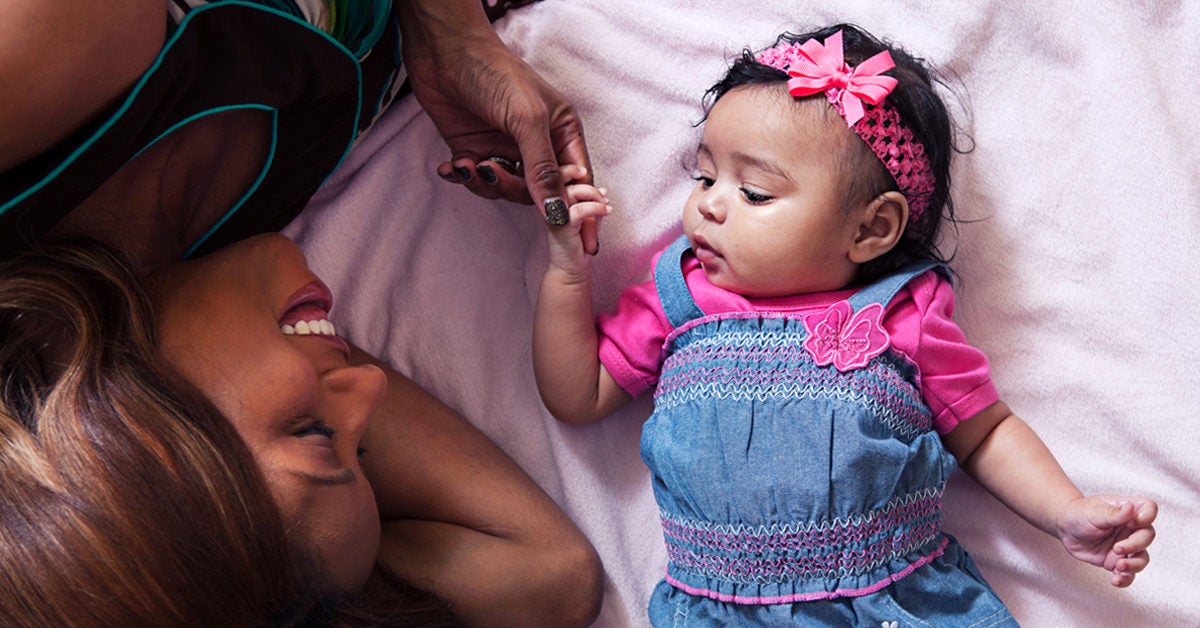
Anterior Placenta and Gender: Predicting Baby's Sex![Full text] Ultrasound measurement learning of fetal sex during the first trimeste | RRFU Full text] Ultrasound measurement learning of fetal sex during the first trimeste | RRFU](https://www.dovepress.com/cr_data/article_fulltext/s88000/88738/img/fig2.jpg)
Full text] Ultrasound measurement learning of fetal sex during the first trimeste | RRFU
Ramzi theory: what you need to know - BabyCentre UK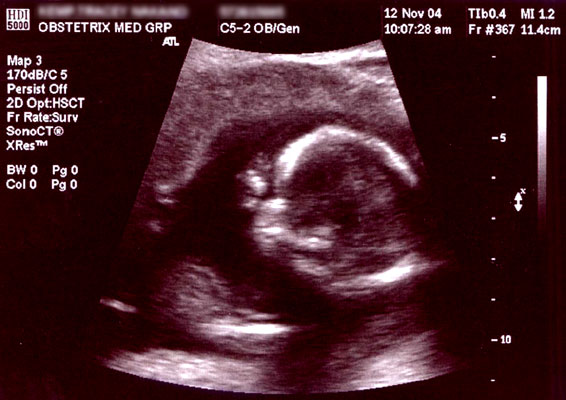
Obstetric ultrasonography - Wikipedia:max_bytes(150000):strip_icc()/ultrasound-image-of-new-baby-in-mother-s-belly-480436845-59445a085f9b58d58a56a04c.jpg)
What Crown Rump Length (CRL) Means on Ultrasound
Finding baby gender with scan report, Easy method to find baby girl or baby boy during pregnancy - YouTube
How To Find Baby Boy Or Girl In Scan Report In Tamil - ovulation signs
Baking soda gender test: How to do it and does it work?
How To Find Baby Boy Or Girl In Scan Report In Tamil - ovulation signs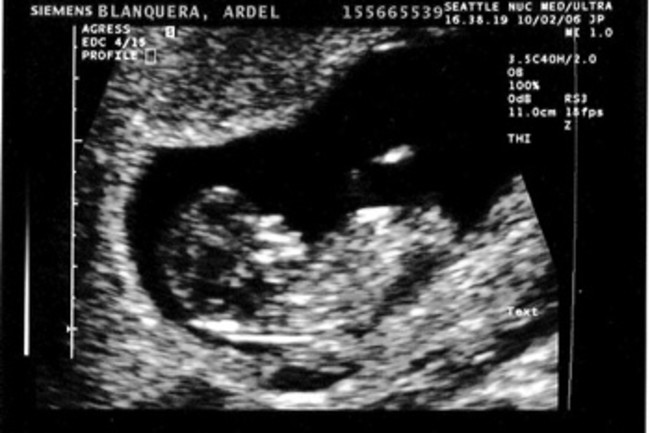
Scientists Confirm: Blood Test Can Tell A Fetus's Sex at Seven Weeks | Discover Magazine
Learning Curve in Determining Fetal Sex by First Trimester Ultrasound Scan - ScienceDirect
How To Find Baby Boy Or Girl In Scan Report In Tamil - ovulation signs
Learning Curve in Determining Fetal Sex by First Trimester Ultrasound Scan - ScienceDirect
U could know whether u we're male or women in olden days | Gender predictor, Baby gender prediction, Baby gender predictor
The Ramzi Theory: Is It for Real?
Cephalic Position: Understanding Your Baby's Presentation at Birth
How to Find Boy or Girl in Pregnancy in Tamil | ஆணா? பெண்ணா? கண்டறிவது எப்படி ? - YouTube
Nub Theory: Does 'Angle of the Dangle' Predict Baby's Sex?![Full text] Ultrasound measurement learning of fetal sex during the first trimeste | RRFU Full text] Ultrasound measurement learning of fetal sex during the first trimeste | RRFU](https://www.dovepress.com/cr_data/article_fulltext/s88000/88738/img/Table1.jpg)
Full text] Ultrasound measurement learning of fetal sex during the first trimeste | RRFU
How To Find Baby Boy Or Girl In Scan Report In Tamil - ovulation signs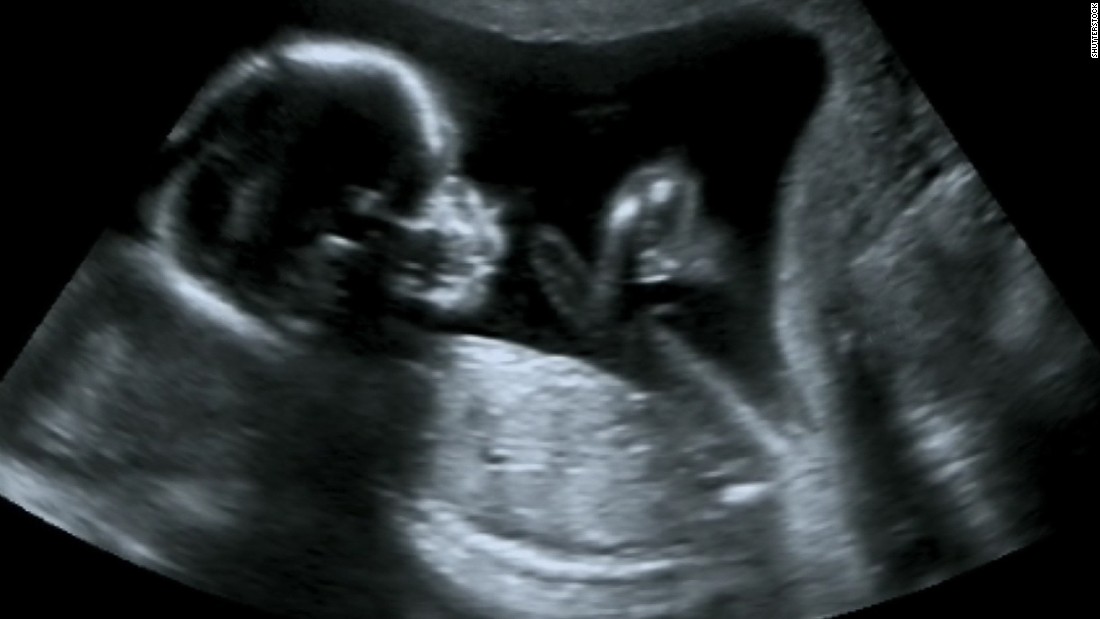
Boy or girl gender news not 100% accurate in pregnancy - CNN
NT Scan: What You'll Find Out
Anomaly scan (TIFFA or ultrasound level II scan) - BabyCenter India![Full text] Ultrasound measurement learning of fetal sex during the first trimeste | RRFU Full text] Ultrasound measurement learning of fetal sex during the first trimeste | RRFU](https://www.dovepress.com/cr_data/article_fulltext/s88000/88738/img/fig3.jpg)
Full text] Ultrasound measurement learning of fetal sex during the first trimeste | RRFU
 How To Find Baby Boy Or Girl In Scan Report In Tamil - ovulation signs
How To Find Baby Boy Or Girl In Scan Report In Tamil - ovulation signs




:max_bytes(150000):strip_icc()/GettyImages-510828369-56e087813df78c5ba0563070.jpg)







![Full text] Ultrasound measurement learning of fetal sex during the first trimeste | RRFU Full text] Ultrasound measurement learning of fetal sex during the first trimeste | RRFU](https://www.dovepress.com/cr_data/article_fulltext/s88000/88738/img/fig1.jpg)
/babyboyultrasound-7bf2ced4b4794754b67dea974b7ec744.jpg)

![Full text] Ultrasound measurement learning of fetal sex during the first trimeste | RRFU Full text] Ultrasound measurement learning of fetal sex during the first trimeste | RRFU](https://www.dovepress.com/cr_data/article_fulltext/s88000/88738/img/fig2.jpg)


:max_bytes(150000):strip_icc()/ultrasound-image-of-new-baby-in-mother-s-belly-480436845-59445a085f9b58d58a56a04c.jpg)













![Full text] Ultrasound measurement learning of fetal sex during the first trimeste | RRFU Full text] Ultrasound measurement learning of fetal sex during the first trimeste | RRFU](https://www.dovepress.com/cr_data/article_fulltext/s88000/88738/img/Table1.jpg)




![Full text] Ultrasound measurement learning of fetal sex during the first trimeste | RRFU Full text] Ultrasound measurement learning of fetal sex during the first trimeste | RRFU](https://www.dovepress.com/cr_data/article_fulltext/s88000/88738/img/fig3.jpg)
Posting Komentar untuk "how to check boy or girl in scan report in tamil"